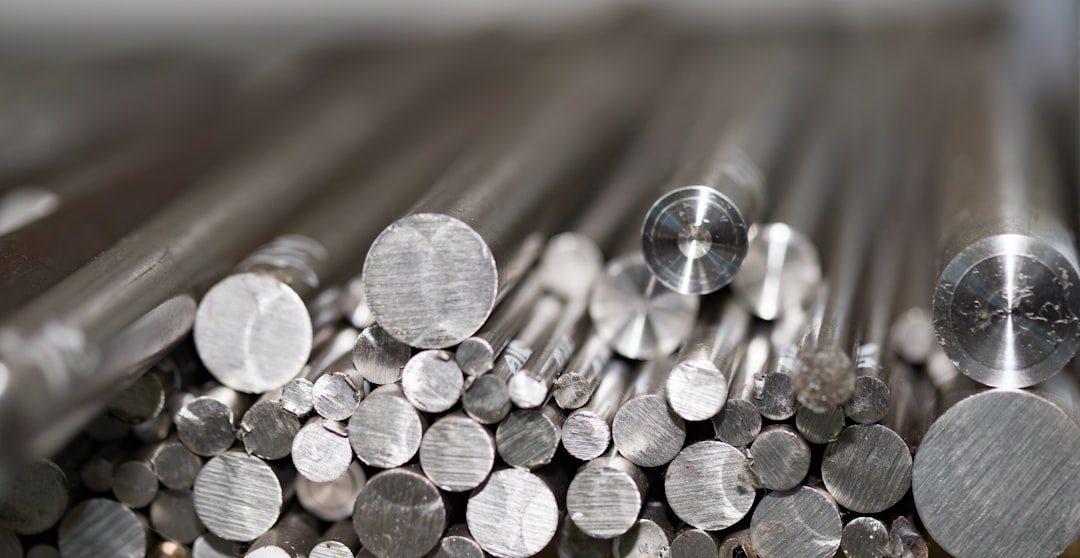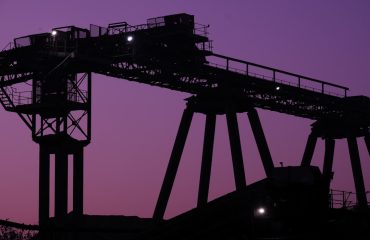Steel, a material synonymous with strength and durability, continues to be a cornerstone of modern construction and engineering. Its versatility allows for innovative solutions across a vast array of industries, from towering skyscrapers to intricate medical devices. This blog post delves into five compelling case studies that highlight the remarkable applications of steel and showcase its enduring relevance in a constantly evolving world.
1. The Burj Khalifa: A Testament to High-Strength Steel
The Burj Khalifa, the world’s tallest building, stands as a breathtaking testament to the capabilities of high-strength steel. Its construction presented unprecedented engineering challenges, demanding materials capable of withstanding immense pressure and wind loads at extreme heights. The solution involved the use of specialized high-strength steel alloys, meticulously designed to provide exceptional strength-to-weight ratios. These alloys, combined with advanced construction techniques, allowed engineers to create a structure that not only reaches unparalleled heights but also maintains exceptional stability and resilience against seismic activity. The detailed calculations and precise fabrication involved in the Burj Khalifa’s steel framework highlight the critical role of advanced steel metallurgy and structural engineering in pushing the boundaries of architectural design.
2. Innovative Steel Bridges: Balancing Aesthetics and Functionality
Modern bridge design often prioritizes a harmonious blend of aesthetics and functionality. The Millau Viaduct in France, for instance, showcases the elegance and strength achievable with steel. Its slender, cable-stayed design utilizes high-tensile steel cables and a lightweight steel deck structure, minimizing environmental impact while maximizing structural integrity. This case study demonstrates how advanced steel alloys and sophisticated engineering principles can create visually stunning structures that withstand the rigors of daily traffic and harsh environmental conditions. Furthermore, the use of weathering steel, which develops a protective rust layer, minimizes maintenance needs, making it a cost-effective and sustainable choice for long-span bridges.
3. Sustainable Steel Solutions in Green Buildings
The construction industry is increasingly focused on sustainable practices, and steel plays a vital role in achieving green building certifications. Steel is 100% recyclable, and its inherent strength allows for lighter, more efficient structures, reducing the overall material footprint. Case studies of LEED-certified buildings demonstrate the effectiveness of steel in minimizing embodied carbon and maximizing energy efficiency. The use of recycled steel content in construction further contributes to environmental sustainability. Moreover, steel’s durability and longevity reduce the need for frequent replacements, lessening the overall life-cycle environmental impact.
4. Steel in Offshore Wind Turbine Construction
The global transition towards renewable energy sources relies heavily on offshore wind power. The construction of offshore wind turbines presents unique challenges, requiring materials with exceptional strength and resistance to corrosion. Steel, particularly high-strength, corrosion-resistant grades, is the material of choice for the turbine towers, foundations, and substructures. Case studies of large-scale offshore wind farms demonstrate the crucial role of steel in withstanding the harsh marine environment, ensuring the long-term operational reliability of these renewable energy installations. The design and fabrication of these steel structures require advanced welding and coating techniques to prevent corrosion and ensure optimal performance in demanding conditions.
5. Advanced Steel Applications in the Automotive Industry
The automotive industry is constantly striving for lighter, safer, and more fuel-efficient vehicles. Advanced high-strength steel (AHSS) alloys play a critical role in achieving these goals. AHSS offers superior strength and formability compared to traditional steel grades, allowing automakers to create lighter vehicle bodies while maintaining or enhancing safety standards. Case studies of modern vehicle designs highlight the use of AHSS in critical structural components, such as the B-pillar and side impact beams, significantly improving crashworthiness. Moreover, the use of AHSS contributes to improved fuel economy by reducing vehicle weight, leading to lower emissions and enhanced environmental performance.
These case studies demonstrate the versatility and enduring importance of steel in various sectors. From iconic skyscrapers to sustainable infrastructure and advanced manufacturing, steel continues to be a fundamental material, driving innovation and shaping the built environment.
SEO Keywords:
Steel solutions, steel case studies, high-strength steel, sustainable steel, steel construction




